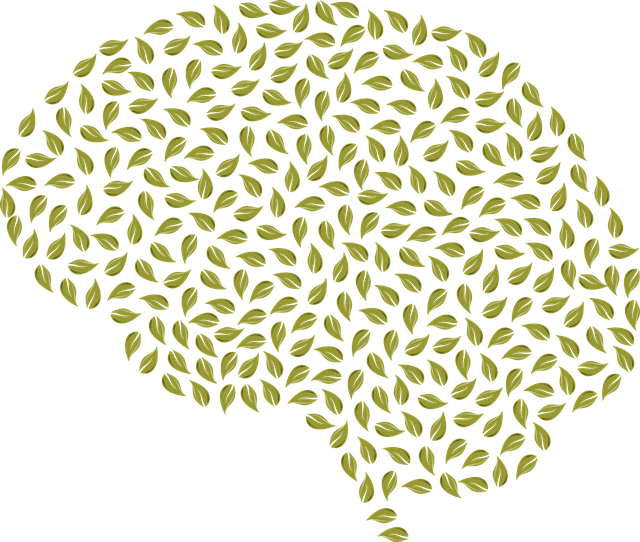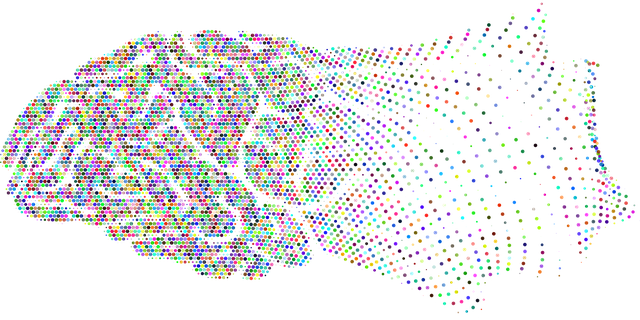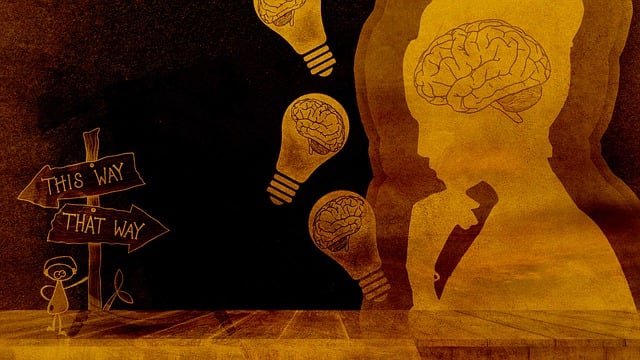Understanding how media portrays mental illness is vital in reducing stigma and increasing awareness, especially in urban areas like Colorado Springs. Accurate depictions, such as nuanced storytelling about conditions like Adjustment Disorder, impact audiences' understanding. Public awareness campaigns, combined with personal narratives, dispel myths and promote empathy. By incorporating Mental Wellness themes, media can foster compassion, encouraging therapy without judgment. In Colorado Springs, the CSADT program tackles adjustment disorders, offering personalized support through evidence-based therapy and self-care practices. Realistic media stories featuring successful management of mental illness reduce stigma, demystifying therapeutic techniques like Mindfulness Meditation or Crisis Intervention Guidance. Promoting mental health education contributes to a supportive environment, breaking down barriers for seeking assistance.
In today’s media landscape, accurate representation of mental illness is crucial. This article explores the challenges posed by prevalent stereotypes and misinformation surrounding psychological disorders, focusing on Colorado Springs Adjustment Disorder Therapy as a case study. We delve into strategies for enhancing positive portrayals and the vital role of media literacy in fostering awareness and empathy. By examining these aspects, we aim to contribute to a more nuanced understanding of mental health issues.
- Understanding Mental Illness Representation in Media
- The Impact of Stereotypes and Misinformation
- Colorado Springs Adjustment Disorder Therapy: A Case Study
- Strategies for Enhancing Positive Portrayals
- Fostering Awareness and Empathy Through Media Literacy
Understanding Mental Illness Representation in Media

Understanding mental illness representation in media is a critical step towards fostering public awareness and reducing stigma. Media platforms have long been seen as powerful influencers in shaping societal perceptions, and their portrayal of mental health issues can significantly impact how audiences understand and respond to them. In Colorado Springs or any urban center, the need for accurate and empathetic depictions of mental illness is evident. For instance, conditions like Adjustment Disorder, which often goes unrecognized, can be effectively highlighted through nuanced storytelling.
This process involves more than just featuring characters with mental health challenges; it’s about showcasing their experiences, struggles, and victories in a way that resonates with viewers. Public awareness campaigns can play a pivotal role in this representation by educating audiences, dispelling myths, and promoting understanding. By incorporating elements of Mental Wellness and Anxiety Relief into these narratives, media can contribute to a more compassionate society where individuals are encouraged to seek help for their mental health issues without fear of judgment.
The Impact of Stereotypes and Misinformation

The media’s portrayal of mental illness often reinforces stereotypes and misinformation, which can significantly impact public understanding and acceptance. Common stereotypes depict individuals with mental health struggles as violent, unpredictable, or completely incapable of functioning in society—these images are not only inaccurate but harmful, perpetuating fear and stigma. As a result, people facing genuine challenges may hesitate to seek help, fearing judgment or misunderstanding. For instance, an underrepresented condition like Colorado Springs Adjustment Disorder often goes unnoticed or misdiagnosed due to these stereotypes, hindering individuals from receiving the appropriate therapy they need.
Public Awareness Campaigns Development plays a pivotal role in combating these issues. By promoting accurate representations and sharing personal stories, these campaigns can foster empathy and encourage open conversations about mental health. Educating the public about coping skills development and confidence-boosting strategies is also essential, as it empowers them to support friends and family members navigating similar challenges. Through these efforts, society can move towards a more accepting and supportive environment for those dealing with mental illness.
Colorado Springs Adjustment Disorder Therapy: A Case Study

In Colorado Springs, a city known for its stunning landscapes and robust outdoor culture, there’s a growing awareness of mental health challenges among residents. This has led to innovative solutions like the Colorado Springs Adjustment Disorder Therapy (CSADT) program, designed to address adjustment disorders—a common yet often overlooked mental health issue. The program focuses on providing tailored support to individuals struggling with sudden life changes, trauma, or significant stressors, offering a unique approach to mood management and recovery.
CSADT integrates evidence-based therapeutic techniques with self-care practices, emphasizing the importance of comprehensive care. Through risk assessment for mental health professionals, the therapy ensures personalized treatment plans that cater to each patient’s needs. By combining individual counseling, group support, and community resources, CSADT fosters a sense of belonging and empowerment among participants, illustrating a promising model for effective mental illness representation in media and real-world settings.
Strategies for Enhancing Positive Portrayals

To enhance positive portrayals of mental illness in media, several strategies can be implemented. Firstly, Colorado Springs Adjustment Disorder Therapy and other specialized treatments should be showcased to normalize conversations around mental health. This includes featuring diverse individuals from various backgrounds who are successfully managing their conditions through therapy and self-care practices. By presenting realistic and hopeful narratives, the media can reduce stigma and increase empathy among viewers.
Additionally, incorporating Mindfulness Meditation techniques or highlighting the benefits of Crisis Intervention Guidance in media storylines can help demystify these therapeutic approaches. Public Awareness Campaigns Development focused on mental health can also play a significant role in educating the public and encouraging open dialogue. These strategies collectively contribute to creating a more inclusive and supportive environment, fostering understanding and compassion for individuals grappling with mental illness.
Fostering Awareness and Empathy Through Media Literacy

Media plays a significant role in shaping public perception about mental illness. By fostering awareness and empathy through media literacy, we can challenge stigmatizing narratives and promote understanding. Encouraging critical thinking about media content allows individuals to recognize and question stereotypes, which is crucial for creating a more inclusive society. This involves analyzing how mental health conditions are portrayed, ensuring accuracy and sensitivity in representation.
In Colorado Springs, adjustment disorder therapy and other mental wellness coaching programs contribute to this effort by providing real-life perspectives. These initiatives help develop positive thinking and promote mental wellness, fostering an environment where individuals feel supported rather than judged. Through education and open dialogue, we can break down barriers and encourage people to seek help for their mental health concerns.
Mental illness representation in media has long been a topic of contention, with stereotypes and misinformation perpetuating harmful narratives. However, initiatives like the case study on Colorado Springs Adjustment Disorder Therapy demonstrate the power of positive portrayals. By fostering media literacy, we can challenge these negative representations, enhance empathy, and promote understanding. Through strategic approaches, media can become a tool to destigmatize mental health issues, ensuring accurate and compassionate storytelling that benefits both audiences and those seeking support.














